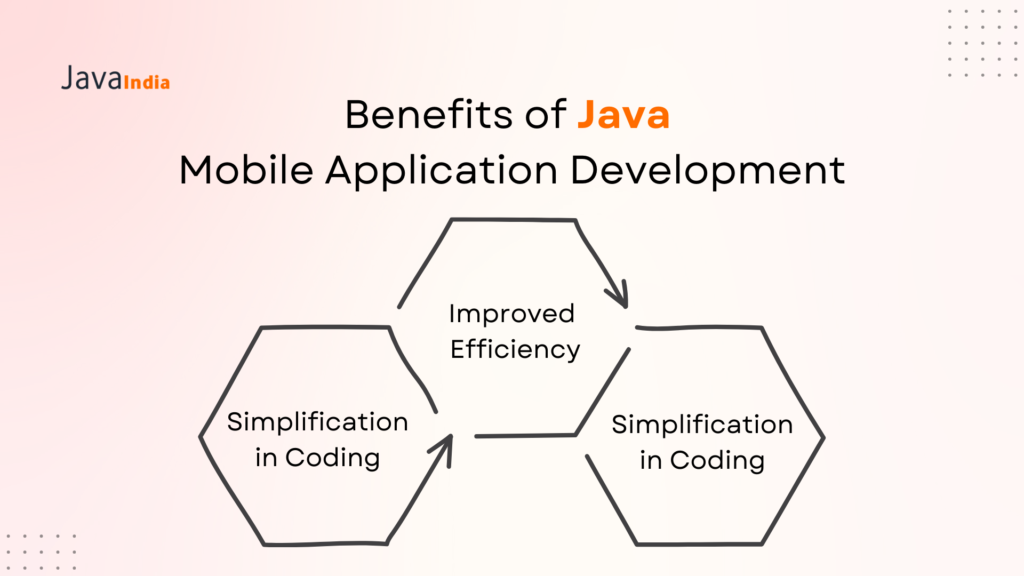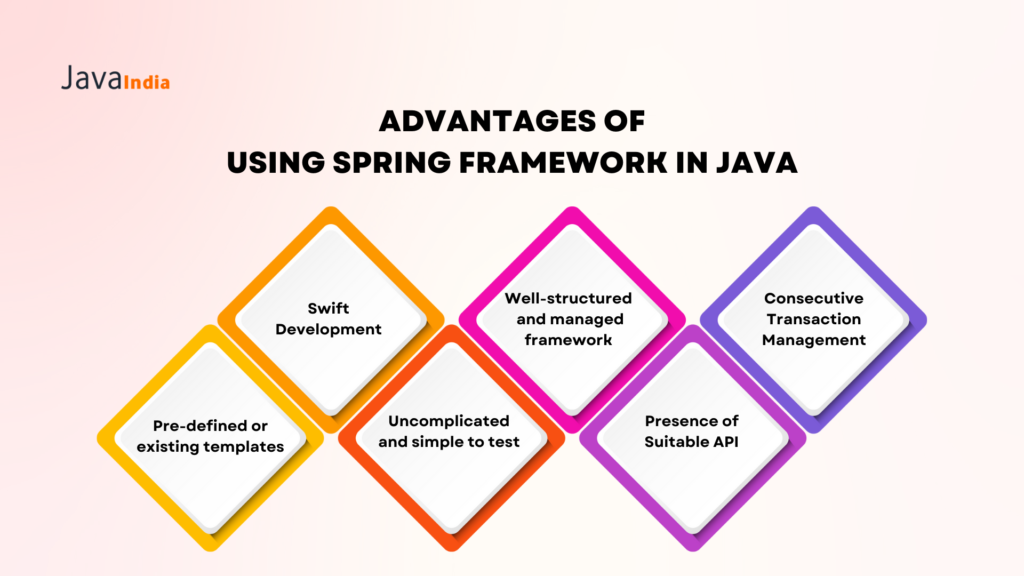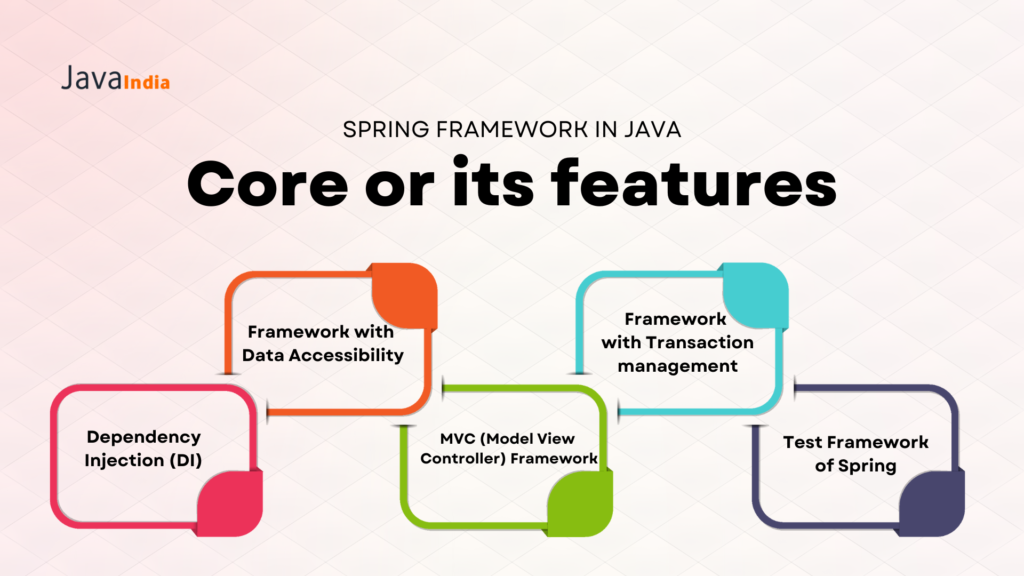
Spring Framework in Java: A Road to Have a Performant Website
Are you facing that you left behind from your competitors? Looking forward to a cheap, secure, and flexible framework that enhances efficiency and minimizes development time? Spring Framework in Java then is the ideal framework for you. Spring has some rigid features that make development flawless and hassle-free. It takes care of the infrastructure so the developer can anchor on the application.
A Short Brief of Spring Framework in Java
Spring is an open-source lightweight Java Framework for web development. It mainly offers infrastructure support for building Java-based applications. It enables all developers to produce high-performing web applications that are secure, scalable, and responsive.
Before bouncing on the Spring Framework directly in deep, you need to possess a vivid understanding of Java development.
What is a Java Framework?
Java is a backend technology and a body made up of a cluster of pre-defined codes employed by developers to create web applications. These all frameworks in Java Web Development are classes and functions that regulate hardware, process input, and communicate with system applications. Java Framework comprises several codes and libraries that eradicate the need to write specific code individually for building an application.
Know why a business will tilt toward Java Development to enhance their online presence or to create web applications that are more scalable and responsive.

Benefits of Java Mobile Application Development
Following are the benefits that one can gain by using an ideal framework for moving further with Java Web Development.
Security & Reliability
A Java web development framework offers security libraries along with reliability to the web application they are developed to work upon. Since, they are formed with various algorithms that are safe, reliable, adaptive, and responsive, the framework doesn’t leave any stone unturned in its performance. It won’t hamper or cause any damage to the web application in any manner.
Improved Efficiency
A task can take up to many hours or even some days to finish it even if it is created by multiple lines of code. However, with the help of the best framework i.e., Spring Framework in Java, you can complete that task in a few minutes without any hassle by using pre-defined functions. All in all, it makes the entire Web development process more efficient, accessible, and instant.
Simplification in Coding
Developers that you hire will use Java Frameworks to cut down their difficulty in coding. They ensured that the generated code would reach its full extent in terms of usage with the support of preset codes and libraries embedded in them. In simple words, there remains no demand to write all the codes individually using Java Frameworks.
Now let’s take a jump on knowing more about Spring Framework in Java. Most of the dedicated developers or web application development companies prefer this particular framework to go ahead with the creation of web solutions. Take a look at what it is and what it offers to become every developer’s priority while proceeding with Java Web Development.

Advantages of using Spring Framework in Java
When you proceed with using Spring Framework in Java, several advantages will come up to you.
- Pre-defined or existing templates
A plethora of templates is present in this framework in Java for Hibernate, JBBC, and JPA technologies. This will save all the developers from defining complex codes as they are already there.
For instance: A JDBC template finishes the need to write the complex code to create a statement, commit the transactions, and manage the exception. It saves the consumption of time that happened in creating the code.
- Swift Development
Through the help of dependency injection, it becomes really easy to integrate the framework and assist in the seamless development of JavaEE-based applications.
- Uncomplicated and simple to test
By using Spring Framework in Java, the testing of the entire application becomes effortless with the help of the dependency injection feature. If the application is EJB or Struts then there is a strict need for a server to implement the application.
- Well-structured and managed framework
It is a web MVC framework that has a wide range of frameworks open to everyone to develop scalable and reliable applications. Struts is the one out of all Java Frameworks that everyone mostly prefers.
- Presence of Suitable API
A suitable API does the act of translation of technology-specific anomalies posed by JDBC, Hibernate, or JDO into uniform, static, and uncontrolled exceptions.
- Consecutive Transaction Management
Spring provides an apt interface that helps in scaling down the transaction. It can scale down to a local transaction with the usage of a single database and scale up to a global transaction with JTA.
Get in touch with a best java web development company to have a robust and high-performing website laden with all of these listed benefits.

Spring Framework in Java: Core or its features
Under Spring Framework in Java, there are certain features exist that make it so apt for developing full-fledged web applications. So, take a look at those features before proceeding with Java development.
Dependency Injection (DI)
Dependency Injection is the nucleus of the Spring framework in Java. DI permits the creation of objects outside of the class and provides those objects class in a quite different way. The understanding of DI is easy to grasp with the help of the association of two different classes.
For instance, suppose class X is dependent on class Y. It can create numerous issues in the real world. Hence, there is a need to avoid such kind of discrepancies and this is the benefit of dependency injection. Spring IOC ensures that class Y will injected in class X by the IOC. Therefore, DI makes the code easier to examine and reuse.
During the formation of complex Java Applications, classes should remain independent of other classes. It is necessary to enhance the reusability of such classes to test them specifically at the time of unit testing. Dependency Injection helps these classes to exist individually and together simultaneously.
Framework with Data Accessibility
Communication with databases is a huge issue that most developers face during Java Web Development. Thus, Spring facilitates a tactic for successful database communication by delivering instant support to attain data access frameworks in Java such as Hibernate, JDBC, and Java Persistence API (JPA).
Furthermore, Spring Framework in Java provides resource management, exception handling, and resource packing of all the supported data access frameworks. It all combined streamlined the entire development process.
MVC (Model View Controller) Framework
Spring MVC model allows all the developers to form applications by considering this MVC pattern. It is a request-based framework that gives the developer an upper hand to create web applications as per business needs.
The essential component of Spring Framework in Java is the DispatcherServlet Class which takes care of user requests and delivers them to the right controller. It allows the controller to process the request, act on it, or form the model, and send the data to the user in a protected manner.
Framework with Transaction management
JTA (Java Transaction API), the Spring Transaction Management Framework is not limited to local and global transactions. Spring offers a robust mechanism for giving liberty to users to:
- Work with local, International, and nested transaction-wise logic
- Save points
- Make transaction management seamless across the application
The Spring Data Access Framework instantly combines with the Transaction management framework for flawless messaging. It thrust all the developers to create feature-laden transactional systems that work across the application without relying much on EJB or JTA.
Test Framework of Spring
Testing is a major aspect of the application development. Spring sleeked the Java testing within the framework with some facets like:
- Mock Objects
- TestContext Framework
- Spring MVC test
Ending Note!
By going through this article, it is deduced that you should have gained a wide understanding of Spring Framework in Java. No need to think now about how you should go to revamp or create a new web application for yourself as benefits alone can justify that Java Development is ideal for it. Furthermore, if you are facing any issues in developing your web presence, come to Java India, a credible Java Development company, and attain what you want.
FAQs (Frequently Asked Questions)
1. Which is the best Java Framework for Web Development?
After running down some checks or benchmark tests, Spring Framework in Java comes out to be the best one for web development available now. It is the priority for most of the developers.
2. What is the basic difference between Java and Spring?
Java is the most famed programming language in the World used for web development. In contrast, Spring is a Java-based open-source application framework.
3. How many modules does Spring Framework in Java contain?
The Spring Framework consists of seven modules. The names are Spring AOP, Spring Web MVC, Spring DAO, Spring ORM, Spring Context, Spring Web Flow, and Spring Core.

